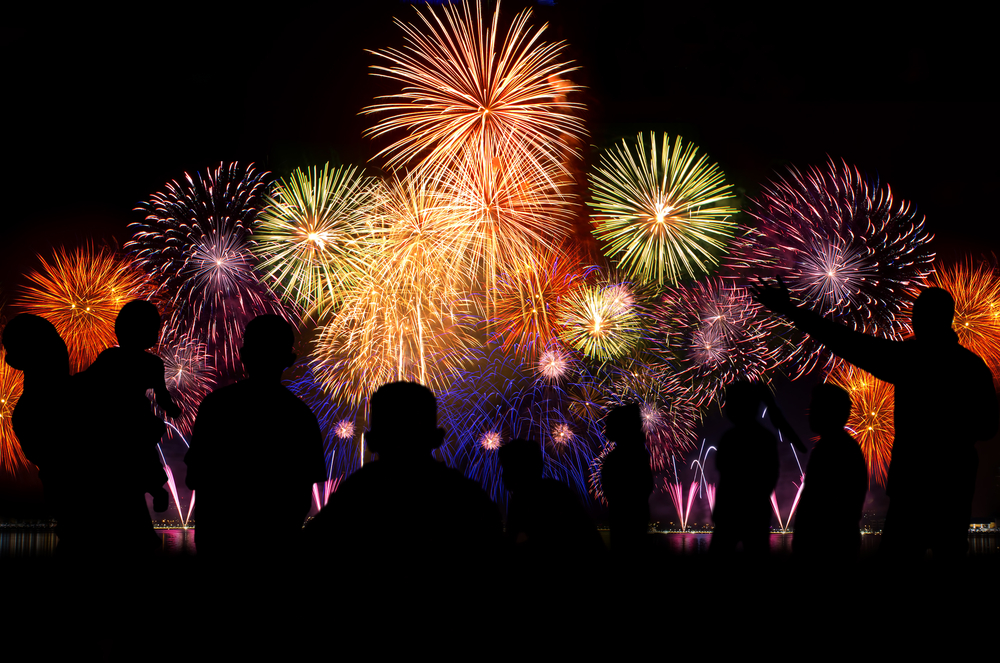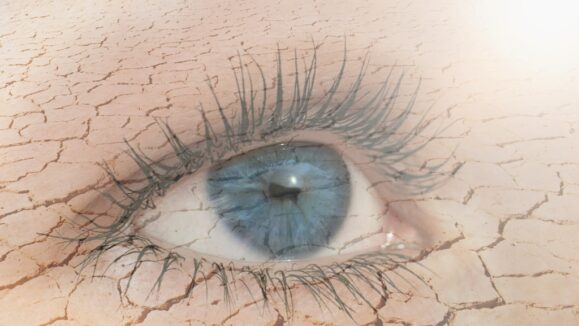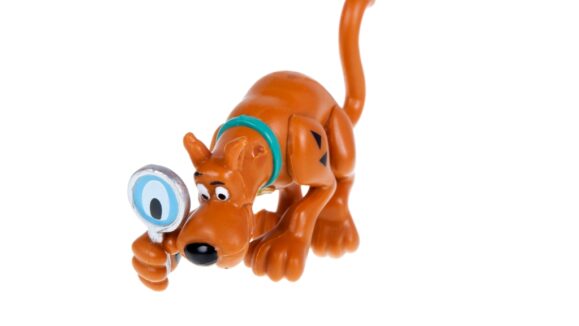Fireworks are popular worldwide and are synonymous with celebration. Often used to commemorate an occasion (e.g., Independence Day in the USA, Guy Fawkes in the U.K., Diwali Festival in India, as well as New Year’s Eve celebrations all over the globe), a good display can be both mesmerizing and exciting.
Whilst organized displays orchestrated by trained professionals pose limited (but not zero) risk to the public, the dangers when igniting firecrackers at home are vastly increased. The U.S. Consumer Product Safety Commission’s 2019 fireworks injury report* stated that fireworks were responsible for around 10,000 injuries and 12 deaths in 2018.
There’s a direct correlation between celebrations/festivities involving fire crackers (like Independence Day) and fireworks related injuries as well. In the USA, three-quarters of fireworks injuries treated in emergency rooms happen between mid-June and mid-July.
Of these, around 15% were eye injuries. While contusions and lacerations are the most frequent injuries (including foreign bodies in the eye), in severe cases fireworks can rupture the globe of the eye. They can also cause chemical and thermal burns, corneal abrasions, and retinal detachment. All of these can cause permanent eye damage and/or loss of vision.

Which ‘crackers’ are doing the damage?
While projectile fireworks (such as skyrockets and Roman candles) or exploding/mortar-style firecrackers quite obviously pose risk — the humble, unsuspecting sparkler is also responsible for its fair share of ocular destruction.
Sparklers are essentially a cocktail of chemicals (iron, zinc and magnesium, to name a few) mixed together with combustibles to form a slurry which is then coated onto a wire. When lit, sparklers can burn at more than 2000 degrees Fahrenheit (or about 1090 degrees Celsius), spraying shards of molten metal into the air. The iron in sparklers is of particular concern, as particles entering the eye can rust and cause irreversible damage to vision if not removed by an eye professional immediately.
Statistics show injuries associated with sparklers account for up to 20% of fireworks-related injuries, with the bulk of injuries being to the hands and eyes of children under 5 years old.
Collateral Damage
As long as you’re not the one lighting the fuse you should be safe … right? Wrong! Evidence suggests around two-thirds of fireworks related injuries happen to bystanders.
So how can you avoid fireworks-related injuries?
The best way to circumvent fireworks-related injuries is to avoid lighting fireworks at home. Instead, leave it to the professionals. Organized fireworks displays are a much safer option. These are executed by trained professionals wearing appropriate safety attire.
If you simply must set off some ‘crackers in the backyard, there are some fairly straightforward precautions to follow to make sure you do it safely.
- Ensure you have appropriate safety goggles or glasses (bystanders as well!)
- Don’t let children play with fireworks (especially sparklers!)
- Older children/ teenagers should be supervised by an adult
- Stand fireworks on the ground in a firm stable position, never hold fireworks in your hand
- There should be only one person lighting fireworks at a time, and they should only ever light one firework at a time
- Keep unused fireworks well clear of lit crackers
- Spectators should be at least 15 m (or about 50 ft) away from lit fireworks
- Soak any unspent or “dud” firecrackers in water and throw them away — and never try to re-light a malfunctioning firework
- Keep a hose or bucket of water on hand for emergencies
What should you do if you experience a fireworks-related eye injury?
It is imperative that you seek medical attention immediately for any fireworks-related eye injury. Even seemingly “mild” injuries can rapidly deteriorate and lead to lasting eye damage.
Other tips? Do not rub or apply pressure to the eye. This can increase bleeding and make the injury worse.
Do not attempt to rinse out the eye or apply ointments of any kind. This can exacerbate the injury and make treatment more difficult.
Avoid over-the-counter pain relief medications. Ibuprofen can thin the blood and worsen bleeding.
One good tip (especially useful for preventing children from touching the injured eye) is to tape a foam cup/ milk carton over the area. Covering the brow, cheek and bridge of the nose can help to prevent further trauma.
What do ophthalmologists think about fireworks?
Unsurprisingly, given they are generally the ones dealing with the fallout, most ophthalmologists would rather you didn’t partake in at home fireworks displays at all. In fact, many support the development and enforcement of bans (or at least much stricter controls) on the sale of consumer fireworks. Limiting fireworks to organized displays executed by licensed operators is perhaps the only way to mitigate the senseless (and completely avoidable) social and economic trauma caused by fireworks-related injuries.
*2018 Fireworks Annual Report. Consumer Product Safety Commission (USA). June 2019. Available at https://www.cpsc.gov/s3fs-public/Fireworks_Report_2018.pdf?5kZ4zdr9jPFyhPmeg3MoL35mGX8fB0s7. Accessed on June 5, 2022.



